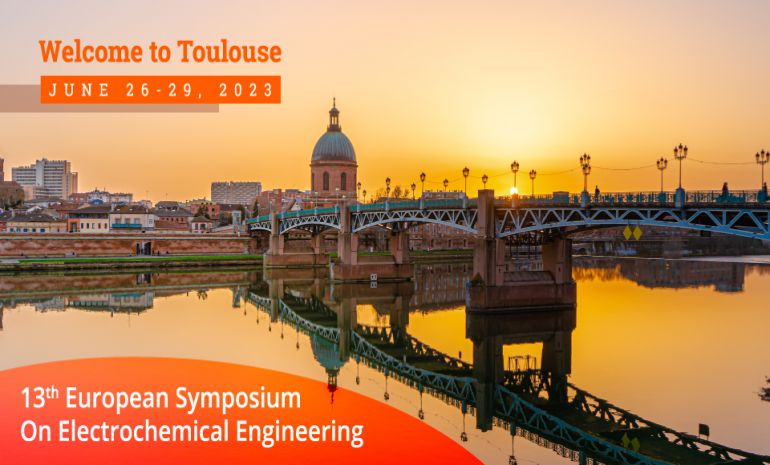- Bulgaria-Italy-Spain supercapacitors



Supercapacitors based on carbon xerogel electrodes and K+ exchange electrolyte membrane
Stoyanova Antonia*1, Slavcheva Evelina1, Karamanova Boriana1, Soserov Lyubomir 1, Arenillas Ana2
1Institute of Electrochemistry and Energy Systems, Bulgarian Academy of Sciences, Sofia, Bulgaria
2Instituto de Ciencia y Tecnología del Carbono, INCAR-CSIC, Oviedo, Spain
Supercapacitors are electrochemical energy storage devices capable to provide high power density. Their storage mechanism is based on formation of an electrical double layer at the interface between an electronically conducting material and an electrolyte solution [1]. A typical supercapacitor consists of two carbon electrodes, a liquid electrolyte, and a porous separator located between the electrodes. The use of solid polymer electrolytes in supercapacitors as an alternative to liquid electrolytes can provide a number of advantages, such as a lighter and more flexible architecture and an enhanced energy storage safety [2].
Here, we present a study performed about the influence of the physicochemical properties of carbon xerogels obtained by different procedures. Different chemical variables and operating conditions were used, and the series of materials were testes as active materials in solid-state supercapacitors. Aquivion® E87-05S membrane (Solvay Specialty Polymers) stirred in 1 M KOH was used as polymer electrolyte.
Electrochemical characterization was carried out by cyclic voltammetry, galvanostatic charge/discharge measurements and long-term durability tests. The capacitance properties of the carbon xerogels were compared with those of commercial activated carbon (YP-50F) to determine the structural and porous characteristics of the resulting materials that may affect the performance of the solid-state supercapacitors. For comparison, results from other polymer electrolytes such as those obtained with Na+ and Li+ exchange membranes were also included.
The K+ exchange polymer membrane Aquivion® E87-05S was found to be chemically stable and durable to be used in supercapacitor systems. The relationship between the structure and morphology of the carbon xerogel and the nature of the electrolyte was stablished. The resulting relationships may be relevant for designing robust solid-state supercapacitors that provide high power and energy density
Key words: solid-state supercapacitor, carbon xerogel, K+ exchange electrolyte membrane
Acknowledgement: This research is funded by the Ministry of Education and Science of Bulgaria under the National Program "European Scientific Networks" (Agreement D01-286 / 07.10.2020). Authors gratefully acknowledge.
Bibliography
[1] SALANNE M., ROTENBERG B., NAOI K., KANEKO K., TABERNA P.-L.,
GREY C. P.; Nature Energy; DOI:10.1038/NENERGY.2016.70
[2] Li JAK, QIAO Jinli, LIAN Keryn; Energy Storage Materials; DOI:org/10.1016/j.ensm.2019.08.012